PRIDE ALL AROUND THE WORD

Pride All Around The Word
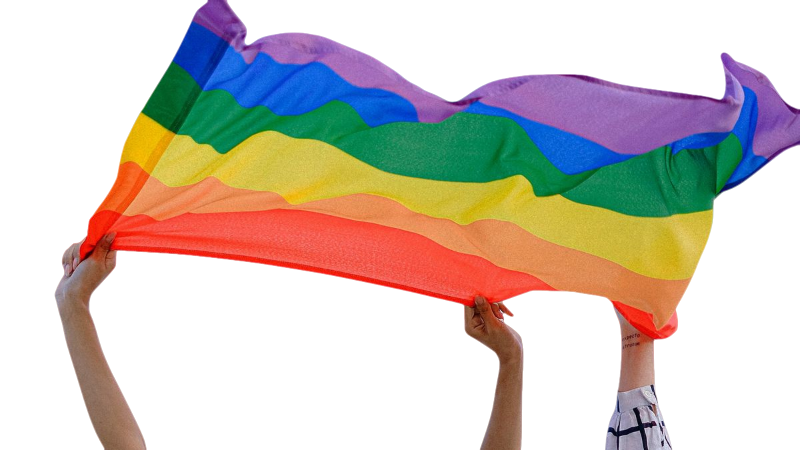
Welcome to The Twink Boys Blog! As you explore our site, you may come across the term ‘pride' quite often. But what exactly is pride and why is it such an important aspect of our blog? Allow us to introduce you to the concept of pride and how it relates to the content that we proudly share with our visitors.
Pride is often defined as a feeling of satisfaction and pleasure in one's own or someone else's achievements, qualities, or possessions. It is also associated with a sense of dignity and self-respect. While pride can have negative connotations, such as being overly arrogant or boastful, we choose to focus on the positive aspects of this emotion.
At The Twink Boys Blog, pride is a core value that we hold dear. We believe that everyone has the right to be proud of who they are, regardless of their sexual orientation, gender identity, or any other aspect of their identity. We aim to create a safe and welcoming space for all individuals to express themselves freely and without judgment.
We also celebrate the pride and diversity within the LGBTQ+ community. As a blog focused on Twink Boys, we strive to showcase the beauty and uniqueness of this particular group within the community. We believe that by highlighting their stories and experiences, we can help break down stereotypes and promote acceptance and understanding.
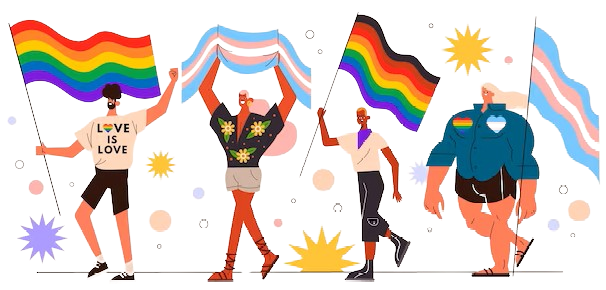
Pride is not just about celebrating oneself, but also about standing up for what you believe in. That is why we use our platform to raise awareness about important issues and to support various LGBTQ+ causes. We believe in using our voices to make a positive impact and to promote equality and inclusivity for all.
Furthermore, we are proud to support and feature content from LGBTQ+ creators. We believe in amplifying their voices and giving them a platform to share their stories and talents. By doing so, we hope to contribute to a more diverse and inclusive media landscape.
As you browse through our blog, you will see that pride is not limited to just one month (although we do love and celebrate Pride Month!). We believe that pride is a year-round concept that should be embraced and celebrated in all forms. Whether it's through sharing heartwarming coming-out stories, showcasing stunning LGBTQ+ art and photography, or discussing important social issues, we strive to infuse pride into all aspects of our content.
We also want to extend our pride to our visitors. We are proud of our community and the support and love that we receive from our readers. We are constantly inspired by the positive impact that our blog has on individuals and we are grateful for the opportunity to connect with like-minded people from all around the world.
Pride is a fundamental value of The Twink Boys Blog and it is reflected in everything we do. We hope that our blog can serve as a source of inspiration, empowerment, and celebration for all who visit. Thank you for choosing to be a part of our community and we hope you enjoy your time here! Stay proud and keep spreading love and acceptance.
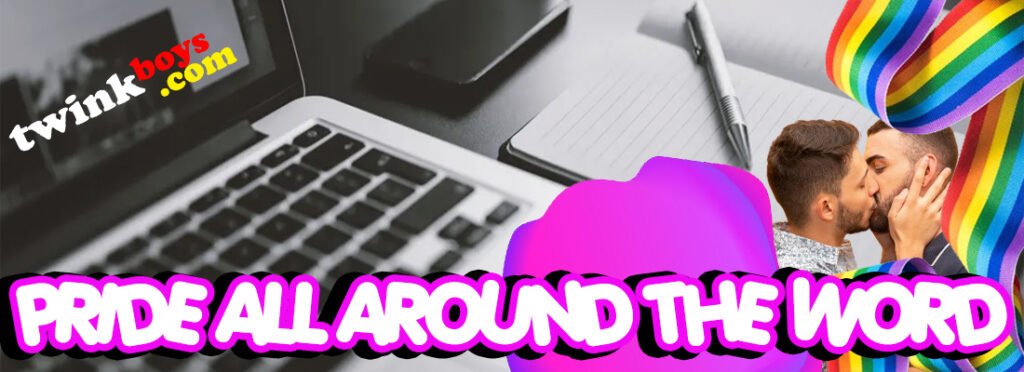
Pride All Around The Word – What Is Pride?
Pride is a complex and multifaceted concept that has been discussed and debated for centuries. It is often described as a feeling of satisfaction or self-respect, but it goes much deeper than that. Pride is a fundamental human emotion that can be experienced in various ways and has different meanings in different cultures. At its core, pride is a positive emotion that arises from a sense of accomplishment, achievement, or recognition.
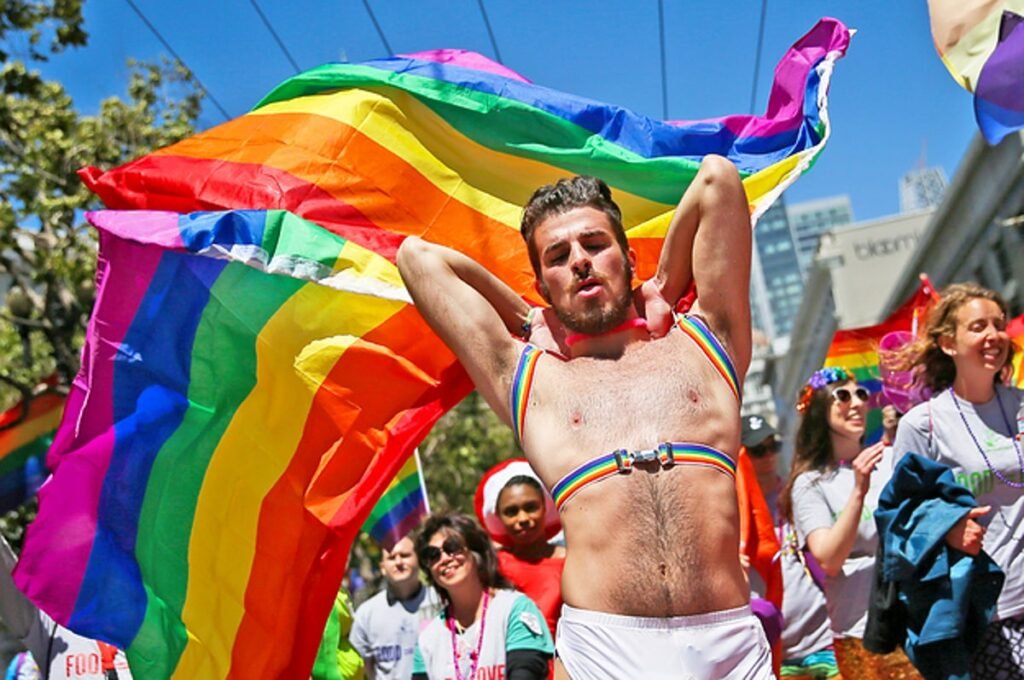
It is the feeling of being proud of oneself, one's work, or one's identity. This feeling can stem from personal successes, such as a promotion at work or completing a difficult task, or from collective achievements, such as a sports team winning a championship or a nation celebrating a national holiday.
Pride is also closely linked to self-esteem and self-worth. It is often seen as a reflection of one's value and worth as a person. When someone feels proud, they are acknowledging their strengths, talents, and abilities. This can be a powerful and empowering emotion, as it can boost self-confidence and promote a positive self-image.
However, pride can also have negative connotations, particularly when it becomes excessive or misplaced. It can lead to arrogance, entitlement, and a sense of superiority over others. This type of pride is often referred to as hubris and can have damaging effects on relationships and society as a whole.
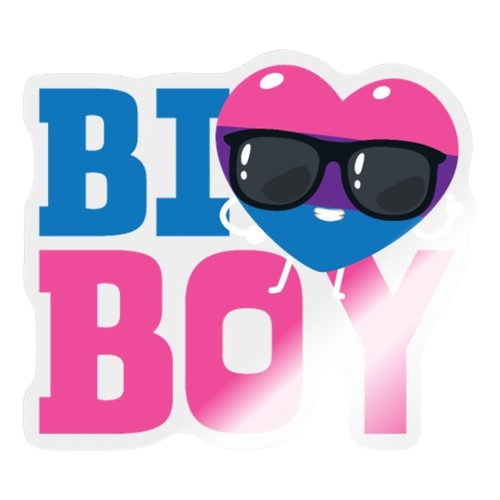
Culturally, pride takes on different meanings and significance. In Western cultures, pride is often associated with individualism and self-reliance. People are encouraged to take pride in their own achievements and to be ambitious and competitive. In contrast, Eastern cultures tend to place more emphasis on collective pride, where individuals take pride in their family, community, and nation.
One of the most notable forms of pride is national pride. This is a collective feeling of attachment and loyalty to one's country and its values, history, and achievements. It can be seen during major sporting events, such as the Olympics, where athletes compete under their country's flag and citizens rally behind their teams. National pride can also be observed during times of crisis or conflict, as people come together to support and defend their country.
Another form of pride that has gained significant attention in recent years is LGBTQ+ pride. This is a celebration of the diversity and equality of the lesbian, gay, bisexual, transgender, and queer community. LGBTQ+ pride events, such as parades and festivals, are held worldwide to promote acceptance, visibility, and rights for the community. It is a powerful way to combat discrimination and promote a sense of belonging and pride within the LGBTQ+ community.
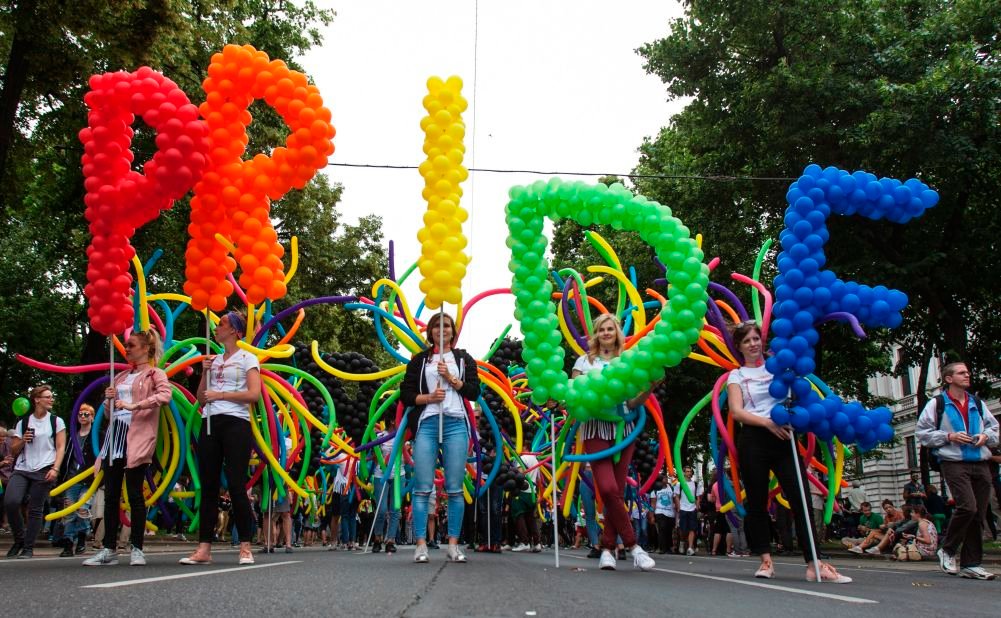
Cultural pride is also prominent in many societies. It is the pride people feel in their cultural heritage, traditions, and customs. This type of pride can be seen in cultural events, such as festivals and ceremonies, where people come together to celebrate and showcase their cultural identity. Cultural pride can also be a source of strength and resilience, particularly for marginalized communities who have been historically oppressed or discriminated against.
As with any emotion, pride can be expressed in various ways. It can be displayed through body language, such as standing tall, making eye contact, and smiling. It can also be communicated through verbal cues, such as using positive language and tone. However, pride can also be expressed internally, without any outward signs, and can still have a profound impact on an individual's thoughts and feelings.
In conclusion, pride is a complex and multifaceted emotion that is deeply ingrained in human nature. It is a positive feeling that can boost self-esteem and promote a sense of accomplishment and belonging. However, it is essential to recognize the potential negative effects of excessive or misplaced pride. By understanding the different forms and expressions of pride, we can appreciate its significance and learn to harness it in a healthy and beneficial way.
The Influence of Pride Worldwide and on People

Pride is a complex emotion, often described as a feeling of satisfaction or pleasure in one's own achievements, abilities, or possessions. It can also refer to a sense of dignity and self-respect or a feeling of superiority over others. This emotion has a powerful influence, both on individuals and on societies around the world. On an individual level, pride can be a positive and motivating force. It can drive people to work hard and achieve their goals, leading to a sense of fulfilment and accomplishment. It can also boost self-confidence and self-esteem, helping individuals to believe in themselves and their abilities.
However, too much pride can also have negative consequences. When pride turns into arrogance and a desire for dominance, it can lead to conflicts and strained relationships. This is particularly evident in cultures that place a high value on individual success and competition, where individuals may feel pressure to constantly prove themselves and maintain a certain image.
On a societal level, pride can have a significant impact. Many countries and communities take great pride in their cultural heritage, traditions, and accomplishments. This can create a strong sense of national or cultural identity, fostering a sense of unity and belonging among its citizens.
However, pride can also lead to division and conflict. When different groups or nations have conflicting ideas of pride, it can lead to discrimination, prejudice, and even violence. This is often seen in cases of nationalism, where one group may feel superior to others and seek to assert their dominance.
The influence of pride is not limited to individuals and societies, but also extends to the global stage. In international relations, pride can play a major role in shaping the actions and decisions of countries. For example, a country's pride in its military strength may lead it to engage in aggressive behavior towards other nations. On the other hand, a country's pride in its values and principles may drive it to champion human rights and promote peace and cooperation.
In conclusion, pride is a complex emotion with both positive and negative influences. It can motivate individuals to achieve great things and foster a sense of unity and identity in societies. However, when taken to extremes, it can also lead to conflict and division. As individuals and as a global community, it is important to recognize the power of pride and strive to balance it with humility and empathy.
What does Pride represent?
Pride is a strong and complex emotion that holds different meanings for different people. It can be defined as a feeling of satisfaction and pleasure in one's achievements, qualities, or possessions. However, when it comes to the LGBTQ+ community, pride takes on a whole new level of significance. In this informative post, we will delve into the various aspects of what pride represents for the LGBTQ+ community.
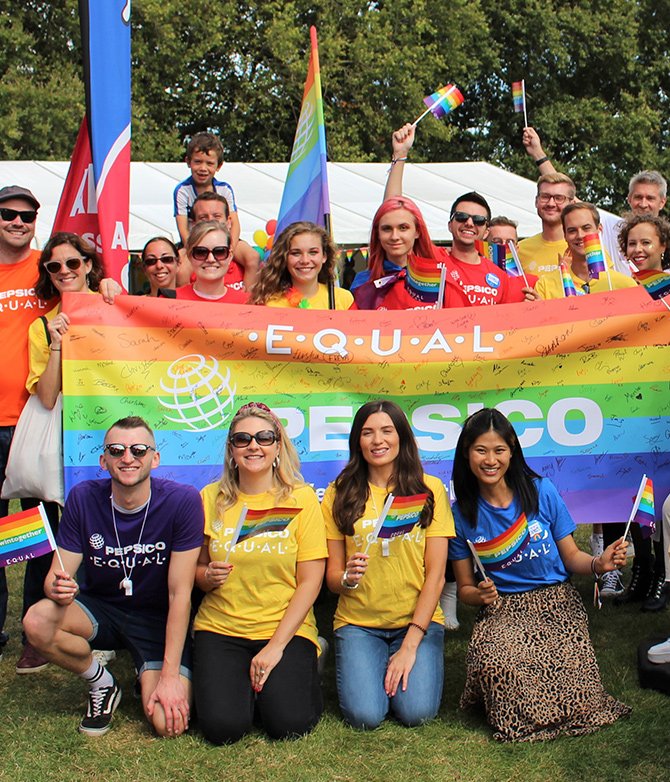
At its core, pride is about celebrating one's identity and being unapologetically oneself. It is about embracing and accepting all aspects of oneself, including one's sexual orientation and gender identity. For members of the LGBTQ+ community, pride is a way to show the world that they are not ashamed of who they are.
Pride also carries a rich historical and cultural significance for the LGBTQ+ community. The first Pride parades took place in 1970, marking the first anniversary of the Stonewall Uprising in New York City. This event was a pivotal moment in the LGBTQ+ rights movement, where members of the community stood up against police raids and discrimination.
The Pride parades, which have now become a global phenomenon, serve as a reminder of the struggles and sacrifices made by the LGBTQ+ community to achieve equality and acceptance. Moreover, pride is a symbol of resistance and resilience. For centuries, the LGBTQ+ community has faced discrimination, violence, and marginalization. Despite these challenges, members of the community have continued to fight for their rights and demand equal treatment. Pride represents the courage and strength of the LGBTQ+ community to stand up against injustice and create a more inclusive and accepting society.
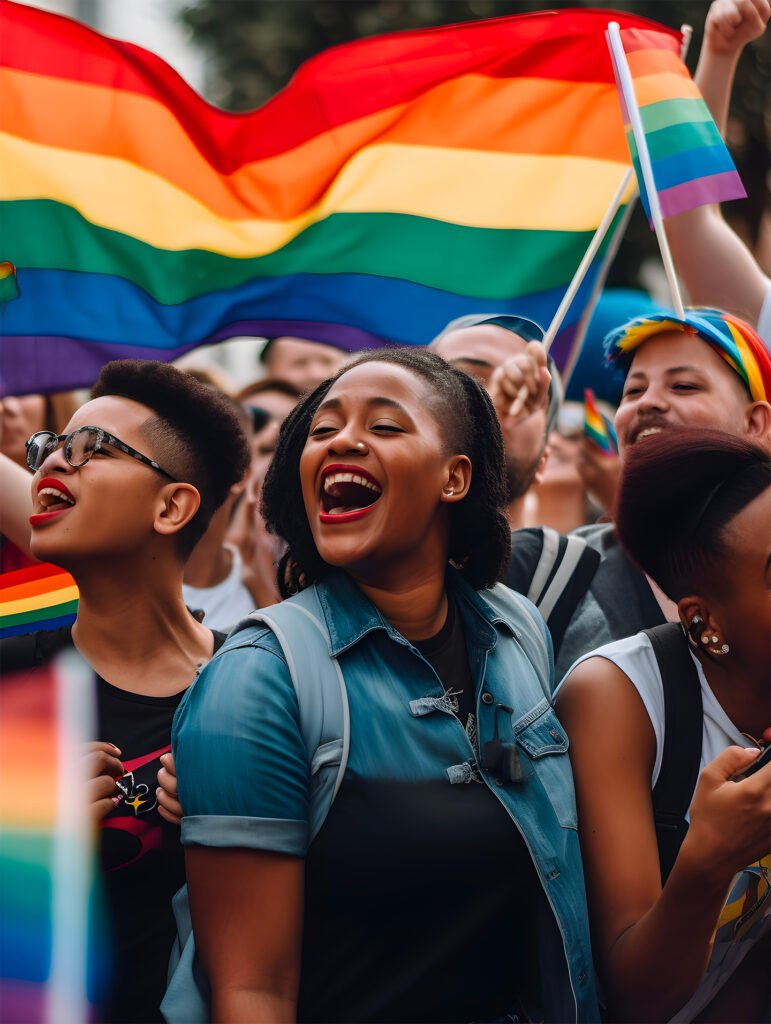
Pride also serves as a platform for education and awareness. Many Pride events include workshops, panels, and discussions on various LGBTQ+ issues, such as coming out, discrimination, and mental health. These events not only provide a safe space for individuals to share their experiences but also educate and inform the general public about the challenges faced by the LGBTQ+ community. By doing so, pride promotes understanding and acceptance, breaking down societal barriers and promoting equality.
Lastly, pride is a celebration of love and diversity. The LGBTQ+ community encompasses a diverse range of individuals with different backgrounds, experiences, and identities. Pride is a moment for people to come together, celebrate their differences, and show the world that love knows no gender or sexual orientation. It is a time to celebrate the beauty and uniqueness of every individual within the community.
In conclusion, pride represents so much more than just a feeling of satisfaction. It is a symbol of identity, history, resistance, education, and love. It is a powerful emotion that unites the LGBTQ+ community and serves as a reminder that they should never be ashamed of who they are. As we continue to strive for a more inclusive and accepting society, let us remember the true essence of pride and celebrate the diversity that makes our world a more beautiful place.
Pride All Around The Word and its history
Pride is a powerful concept that has been celebrated and fought for all around the world for decades. It is a feeling of confidence, self-love, and acceptance of one's true identity. Pride is a significant aspect of the LGBTQ+ community, and it is celebrated through various events, parades, and festivals throughout the year. In this post, we will dive into the history of Pride and how it has evolved into the global celebration we know today.
The History of Pride: The history of Pride dates back to the Stonewall Riots of 1969 in New York City. At the time, homosexuality was deemed illegal, and LGBTQ+ individuals faced discrimination, harassment, and violence from society and the police. The Stonewall Inn, a popular gay bar in Greenwich Village, was frequently raided by the police, leading to the arrest of LGBTQ+ individuals. On the night of June 28, 1969, the patrons of Stonewall Inn fought back against the police, resulting in a six-day-long protest and clash with law enforcement.
The Stonewall Riots marked a turning point in the LGBTQ+ rights movement, as it sparked a wave of activism and resistance against discrimination and oppression. The following year, on June 28, 1970, the first Pride march was organized in New York City to commemorate the anniversary of the Stonewall Riots. This event was known as the Christopher Street Liberation Day March and was attended by thousands of people, making it the first-ever Pride parade in the United States.
Pride Goes Global: As the LGBTQ+ rights movement gained momentum in the United States, other countries began to follow suit. In 1972, the first Pride march outside of the US took place in London, England. This event was organized by the Gay Liberation Front, a group that was inspired by the Stonewall Riots. Since then, Pride has spread to every corner of the world, with major cities hosting annual celebrations and parades.
Pride celebrations are not limited to the month of June, as many countries choose to celebrate it at different times of the year. For example, in Australia, Pride is celebrated in February, while in Brazil, it is held in May. This allows for a continuous celebration of Pride all year long, making it a global movement.
The Symbolism of the Rainbow Flag: The rainbow flag has become the most recognizable symbol of Pride. It was first designed in 1978 by Gilbert Baker, an artist and LGBTQ+ rights activist, to represent the diversity of the community. Each colour of the flag has a specific meaning, with red symbolizing life, orange for healing, yellow for sunlight, green for nature, blue for serenity, and purple for spirit. The original flag had eight colours, but it was later reduced to six due to the unavailability of hot pink and turquoise fabric.
Since its creation, the rainbow flag has become a universal symbol of the LGBTQ+ community and is proudly displayed during Pride events all around the world. It serves as a reminder of the struggles faced by the community and the progress that has been made in the fight for equality and acceptance.
The Evolution of Pride: Over the years, Pride has evolved from a march for equality to a celebration of diversity and love. It has also become a platform for political activism and a way to raise awareness about the issues faced by the LGBTQ+ community. Pride events now include concerts, parties, workshops, and other activities, making it a fun and inclusive celebration for everyone.
Pride has also expanded to include other marginalized groups, such as people of colour, transgender individuals, and those with disabilities. This inclusivity reflects the intersectionality of the LGBTQ+ community and highlights the importance of standing together to fight for equality for all.
In conclusion, Pride is a global celebration that has a rich history rooted in activism and resistance against discrimination. It is a reminder of the progress that has been made in the fight for LGBTQ+ rights but also serves as a call to action for continued efforts towards equality. As we celebrate Pride all around the world, let us remember the struggles of the past and use our voices to create a more accepting and inclusive future for all.
Unlock your full potential in the bedroom with ExtenZe Pills! the leading male enhancement pill with over 1 billion pills sold, proven to deliver bigger, harder, and more frequent erections. Say goodbye to flat performance and hello to massively intense and electrifying orgasms. with increased endurance, keep the passion going for longer-lasting sessions. Don't wait any longer, experience the ultimate pleasure and satisfaction with ExtenZe Pills today!







